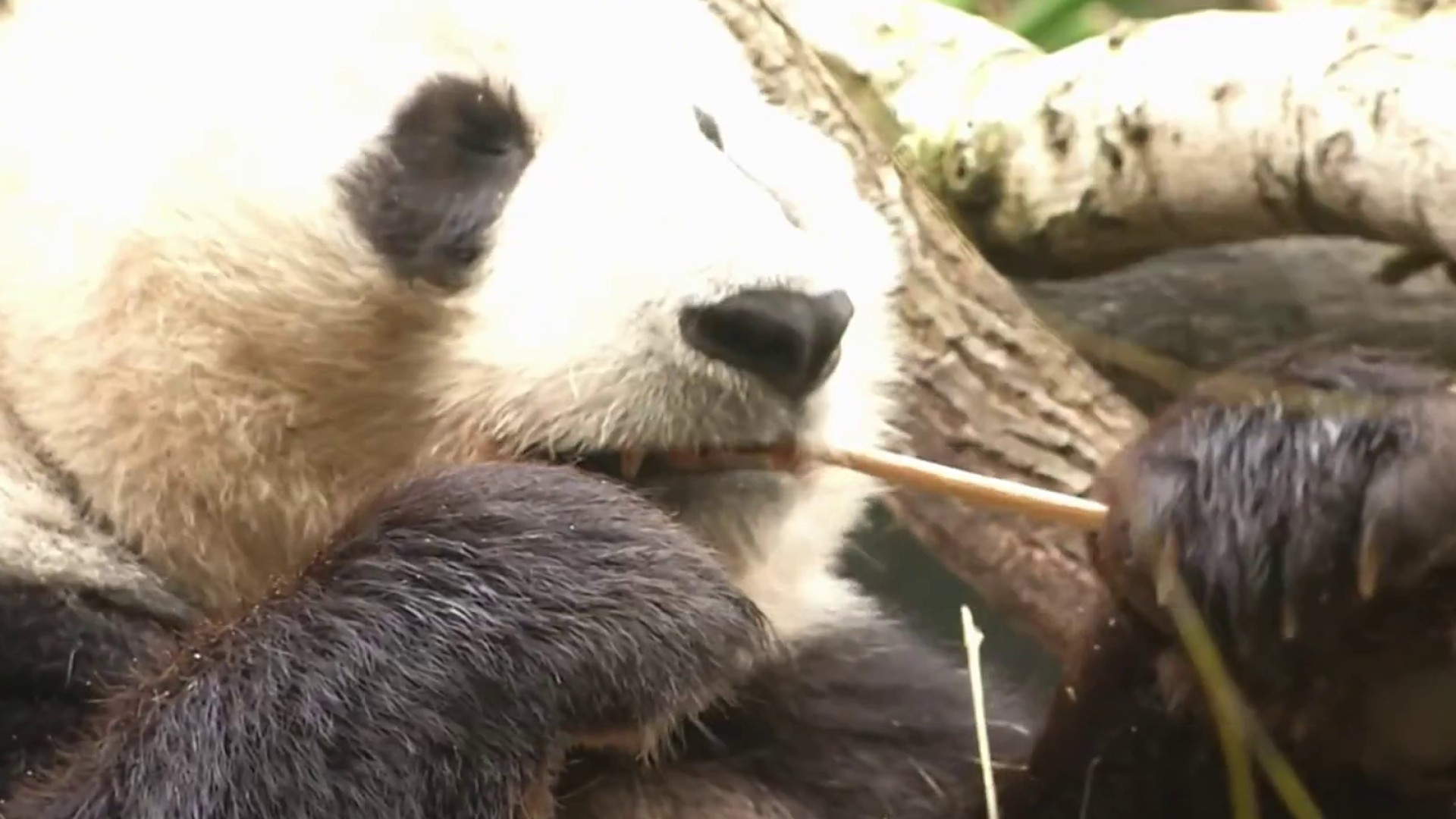Jon Young pressed binoculars to his eyes and peered out across Mountain Lake, one of San Francisco’s last natural lakes. A short distance away, the traffic on Highway One served as a backdrop for the 2000 year old lake, which sits in the middle of San Francisco Presidio.
Young scanned the homemade traps drifting in the reeds at the opposite end of the lake, before slipping into a small plastic white boat and taking up the oars.
“Before I started trapping I counted 43 turtles,” said Young as he rowed briskly in the direction of his traps. “I’ve caught 32 so far.”
In a way, Young is a throwback to the earliest San Francisco, when trappers parlayed animal pelts into cash and goods. Only Young is the modern-day environmentalist version, catching the lake’s non-native critters in an attempt to reverse decades of environmental neglect.
“We’ve been pulling out thousands and thousands of juvenile carp and bass,” Young said.
The Presidio Trust is in the midst of a massive project to restore the lake, which is filled with decades worth of pollution and non-native species, mostly abandoned pets. This fall, the Presidio plans to dredge the lake and remove layers of sediment that have soaked up chemical runoff and pesticides from nearby Highway One. But before that can happen, thousands of non-native species of fish and reptiles will have to be removed.
“We have an opportunity to restore a really important resource out here,” said Brian Hildebidle, Stewardship Coordinator for the Presidio Trust.
Local
Since May, naturalists have removed more than ten thousand juvenile fish from the lake using nets. They’ve wrestled with three-foot carp and bass. They've also hauled away an abundance of crayfish which were most likely used as bait by fishermen trying to catch bass. At one point, stewards tallied more than 70 non-native red-eared sliders, which are popular pet shop turtles, turned loose in the lake by misguided do-gooders.
“The story of a shop on Fisherman’s Wharf selling turtles that said ‘I Heart SF,’ painted on their shells” recalled Hildebidle. “People would buy them and release them, and free them out into the lake.”
For months, Young has strapped on hip-waders and slogged through the lake’s murky waters, checking his homemade trips for the invasive turtles. Once caught, they’re sent to a reptile farm near Petaluma where they’re then placed in homes.
“People get them for their apartments because they’re about the size of quarters,” said Young. “They care for them for about three years, and then after three years they start to outgrow their ten gallon fish tanks.”
The most famous abandoned pet story in Mountain Lake involved a large alligator that was discovered in 1996 in its waters and eventually removed.
But Young said the lake's water quality has diminished to the point where many of the native species and plants have died-off, leaving the carpet-baggers full run of the place. Young said once the lake is dredged and cleaned, wildlife managers may attempt to re-introduce some native species, like the western pond turtle.
But on a recent day, Young’s turtle traps came up bare – evidence of his trapping prowess. But nearby, a great blue heron plunged its beak into the lake, emerging with a tiny fish. A sign, that Young’s eradication, still has a long way to go.



